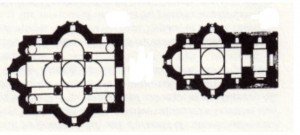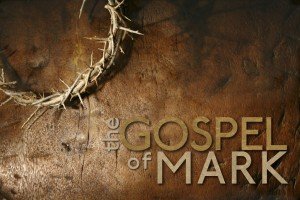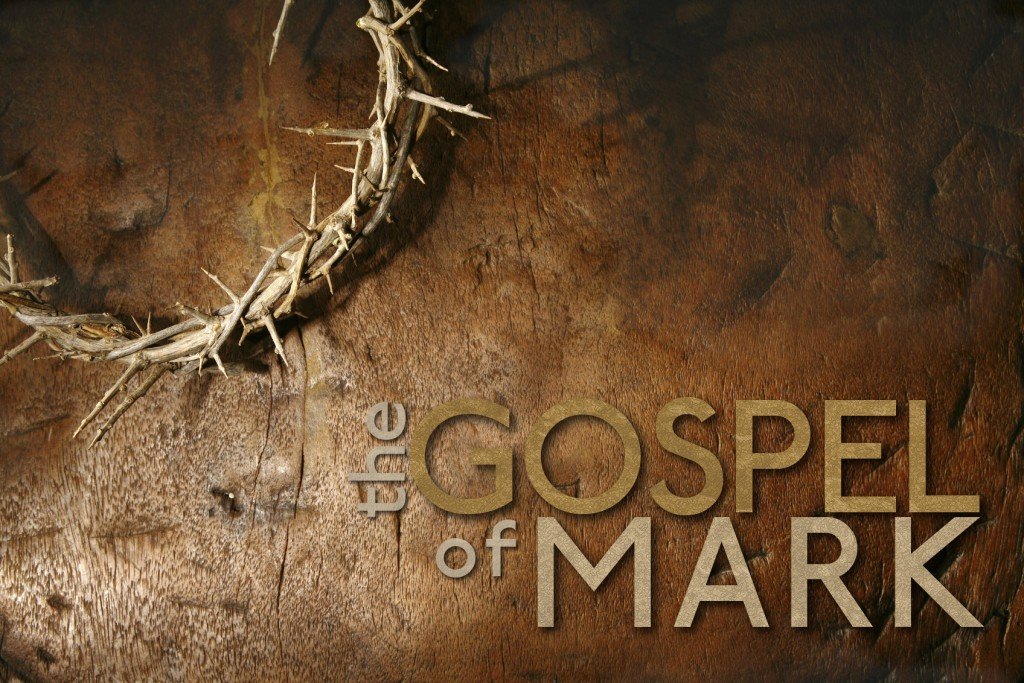I will dwell with them and walk among them.
I will be their God and they shall be my people
 The readings appointed for this weekend are powerful in that together they succinctly tell us how we must live in order to be truly the temples of our Living God. Hopefully the primary goal all of us are striving to achieve is to be the temples of God’s Spirit. The primary purpose of the Church is to help us achieve this goal.
The readings appointed for this weekend are powerful in that together they succinctly tell us how we must live in order to be truly the temples of our Living God. Hopefully the primary goal all of us are striving to achieve is to be the temples of God’s Spirit. The primary purpose of the Church is to help us achieve this goal.
What is interesting, when you reflect upon today’s reading from Paul’s second letter to the Corinthians and the assigned passage from Luke’s Gospel, is that Paul clearly understood that Jesus taught His followers that the promise Yahweh, the God of Israel, made to the Chosen People is the same promise God makes to all humans IF they live a life of love for others, including those they consider their enemies. How you treat others reveals your awareness that God’s life is within you. When and if you hate those who hate you, you deny God’s presence within you! When you act in a God-like manner, you prove that you understand that God is within you and that Jesus is God’s revelation of how humans were created to act.
Unfortunately when you look around our world today it seems very obvious that a good portion of humanity doesn’t see themselves as temples of God’s Spirit.
We have been called, through our Initiation into the Church, to be witnesses to this truth revealed by Jesus and professed by Paul. Paul clearly exhorts us to purify ourselves from every defilement of flesh and spirit and, in the fear of God, strive to live like Jesus lived – to live like children of God.
In order to live like children of God, we must not yoke ourselves in a mismatch with unbelievers. It is critical that we are not mislead by or embrace the way of living of those who do not believe in God and only live for the things of this world. In many instances this will mean that we must not embrace some of the extant values of our modern society. Regardless of how others live, even those we may count as friends, we must attempt to live like Jesus lived!



